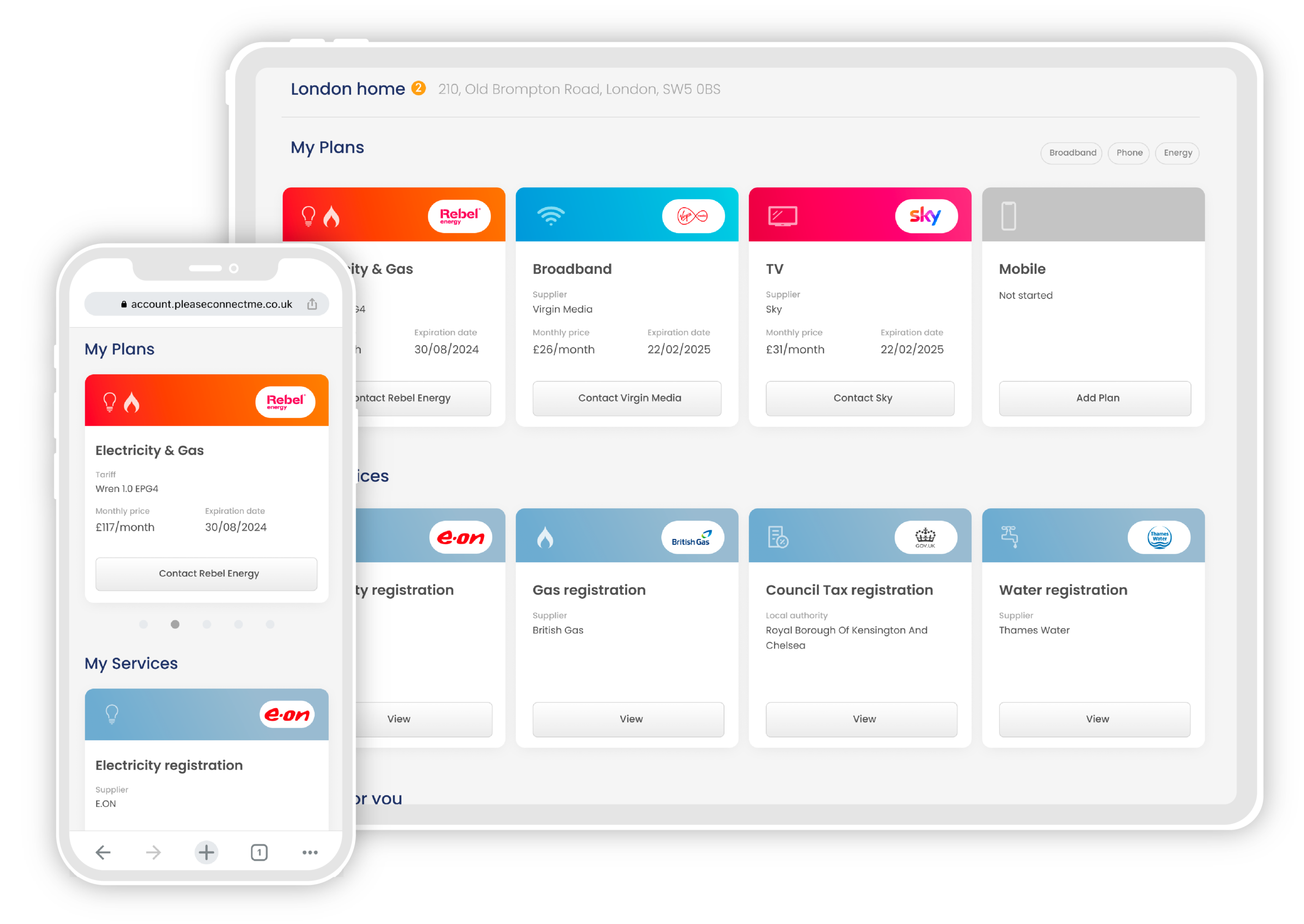Your tenancy agreement is a vital legal document. The agreement outlines the terms of your rental contract with your landlord. If a tenant and homeowner are ever in disagreement, the answer should be found in your agreement.
All this means that it’s important to understand exactly what you’re signing when you start a new tenancy, and what every clause means if you ever run into problems.
We’ve broken down the most common jargon to make it easier to understand your tenancy agreement’s terms – and what they mean for you.
Our Glossary of Common Tenancy Agreement Jargon
Arrears
Rent that is overdue and owed to the landlord.
Break Clause
Special conditions under which a fixed-term tenancy can be ended early. This might be after a certain amount of time (for example, a six-month break clause in a one-year tenancy agreement) or specific circumstances.
Contents Insurance
Insurance that covers the items inside your home, rather than the home itself.
Covenants
Conditions of the tenancy that both landlords and tenants are bound by. For example, they might include maintaining the garden’s property on the tenant’s side, and giving a certain amount of notice before visiting the property on the landlord’s side.
Deposit
Also called a security deposit, this is an upfront payment made at the start of your tenancy to protect the landlord against damage to the property. After you move out, your deposit will be returned to you, with any costs the landlord has had to pay removed.
Top tip! Read our guide to getting your full deposit back here
Deposit Protection Scheme (DPS)
Under UK law, your landlord must place your deposit in a government-approved Deposit Protection Scheme. This means that, at the end of your tenancy, it is the scheme that determines whether your full, partial or no deposit is returned to you – not your landlord.
This protects tenants from landlords potentially withholding some of the deposit money without good reason.
Fixed-Term Tenancy
A tenancy that will last for a pre-agreed length of time, often 12 months. Neither the tenant nor the landlord can end the tenancy early without penalty, which should also be outlined in the tenancy agreement.
Fixtures and Fittings
Everything in the property that you are renting, alongside the building itself. This includes toilets, sinks and plumbing, appliances like the fridge and electricals like the lights and heating system. If you’re renting a furnished property, it also includes the furniture listed on the inventory.
Guarantor
A guarantor is someone who agrees to pay your rent in the case that you fail to do so. Landlords might require you to have a Guarantor if you don’t have a strong UK credit history, or if this is your first time renting.
Inventory
A document listing the contents and condition of the property on move-in day. This is used to check that everything is the same on the day you move out, so check that it is correct at the start of your tenancy.
Landlord
The owner of a house, flat or building rented to tenants. Read more about the difference between landlords, letting agents and property managers here.
Notice Period
Before ending a tenancy, the landlord or tenant must give notice – officially tell the other party of their plan – at least this far in advance.
PCM
Not just the initials of a free service to handle aloof your utilities when you move! In a tenancy agreement, PCM stands for ‘Per Calendar Month’. If rent is listed as PCM, it will be due on the same date each month.
Referencing
The process of checking up on your listed references – usually past landlords or employers. Landlords or Letting Agents will ask for these when you are applying for a home to check for potential red flags like previously unpaid rent.
Renewing
If you decide to continue your tenancy at the end of the initial agreement, this is known as renewing the tenancy. If you don’t request any changes be made to the contract, your estate agent can’t charge you a fee for renewing the editing agreement.
Tenant
The person renting a home and living there, usually from a landlord.
Wear and Tear
The normal damage done to a property when living in it, for example, scuff marks or worn-down carpet. Your tenancy agreement should allow for ‘normal wear and tear’ over the course of your tenancy.
Top tip! Take pictures on move-in day of any damage in the property, and use these as evidence if your landlord tries to take the cost of repairs out of your deposit






